The company reported a diluted loss per share of USD 0.52, with an adjusted net loss of $87 million (or USD 0.39 per share). These results mark a significant decline compared to the same period in 2024, when the company posted a net income of USD 171 million (USD 0.68 per share) and an adjusted net income of USD 206 million (USD 0.82 per share).
Despite the weak financial results, US Steel President and CEO David B. Burritt highlighted the company’s operational strength, stating: “Our USD 172 million of adjusted EBITDA reflects the resilience of our operating performance despite seasonal mining logistics constraints and weak spot pricing.” He noted that the North American Flat-Rolled segment achieved a 5% EBITDA margin, while the Mini Mill segment recorded its highest-ever quarterly shipment volume.
Burritt emphasized the growing shipments at the company’s Big River 2 (BR2) facility in Arkansas, saying, “Our ultra-light gauge hot-rolled product, a first for the North American non-residential construction sector, has been very well received. Additionally, the record safety performance across all our plants this quarter is a testament to our operational excellence.”
Positive Outlook for Q2
For the second quarter of 2025, US Steel expects adjusted EBITDA to range between USD 375 million and USD 425 million. In the North American Flat-Rolled segment, easing seasonal logistical constraints and rising steel prices are anticipated to support improved results. However, planned maintenance activity may lead to a partial decline in shipments.
In the Mini Mill segment, results are expected to further improve, supported by rising average selling prices and volumes, including approximately $50 million in incremental impact from the BR2 facility.
While demand in the European segment remains limited, increases in sales prices and volumes are expected to be offset by planned maintenance activities, leading to results roughly in line with the first quarter. In the Tubular segment, higher selling prices are expected to be balanced by increased costs, resulting in overall stable performance.
The company also aims to generate positive free cash flow in the second quarter, as pressures from working capital that affected the first quarter are expected to ease.


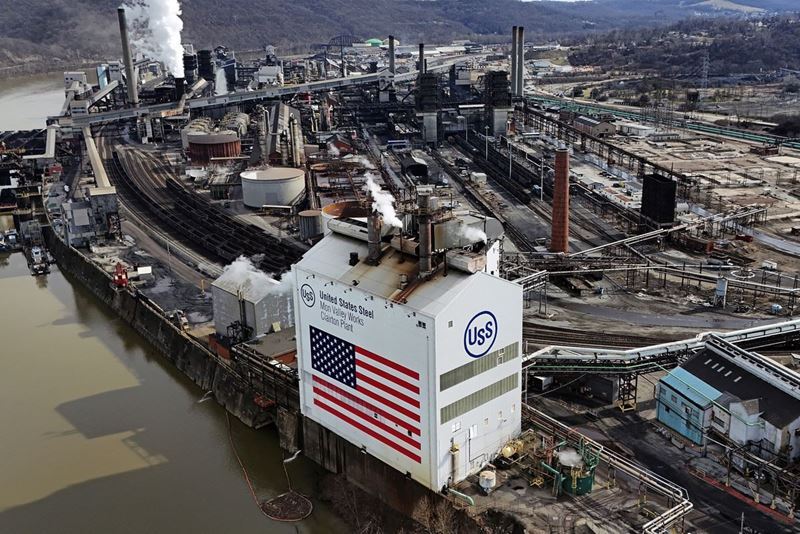
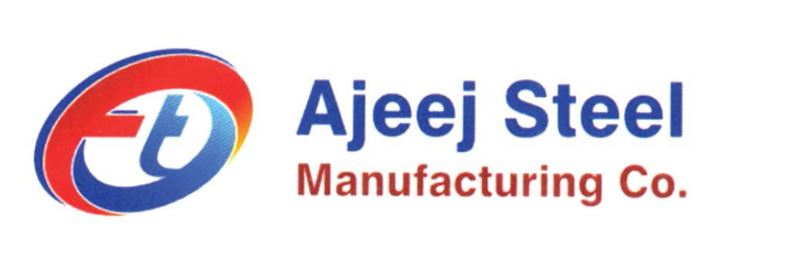
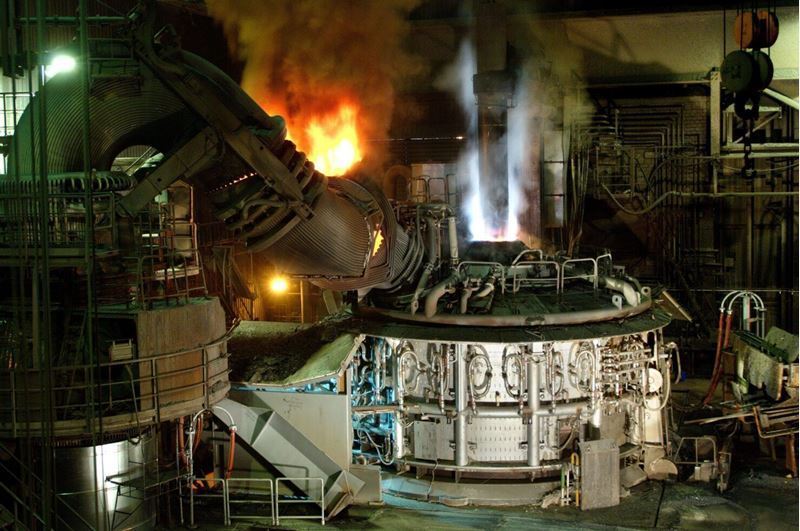

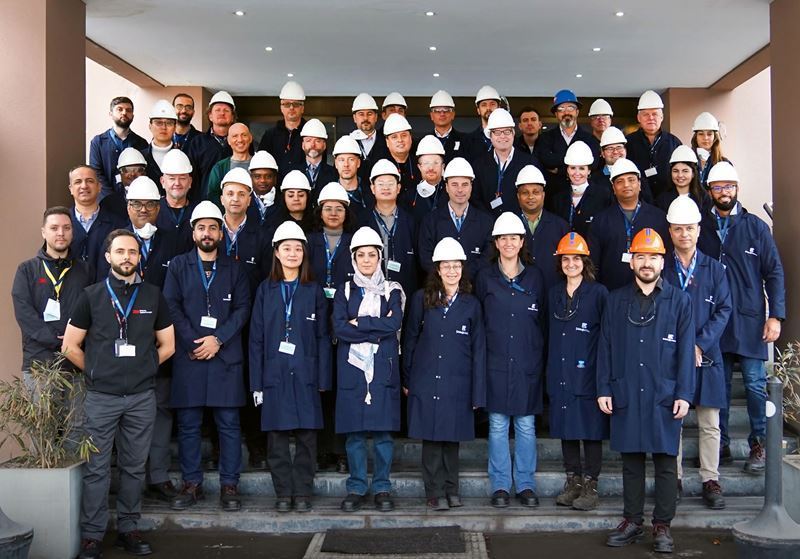
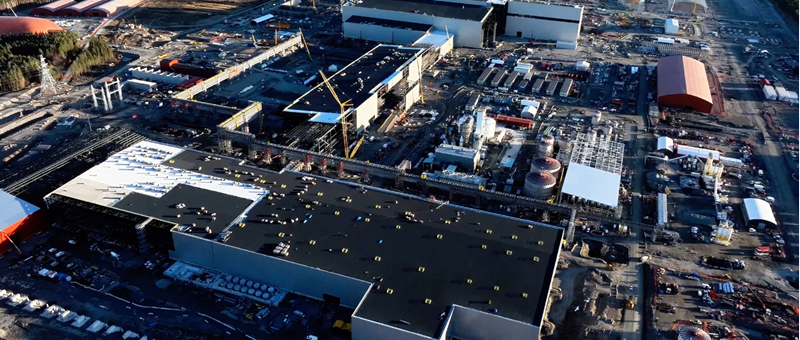

Comments
No comment yet.